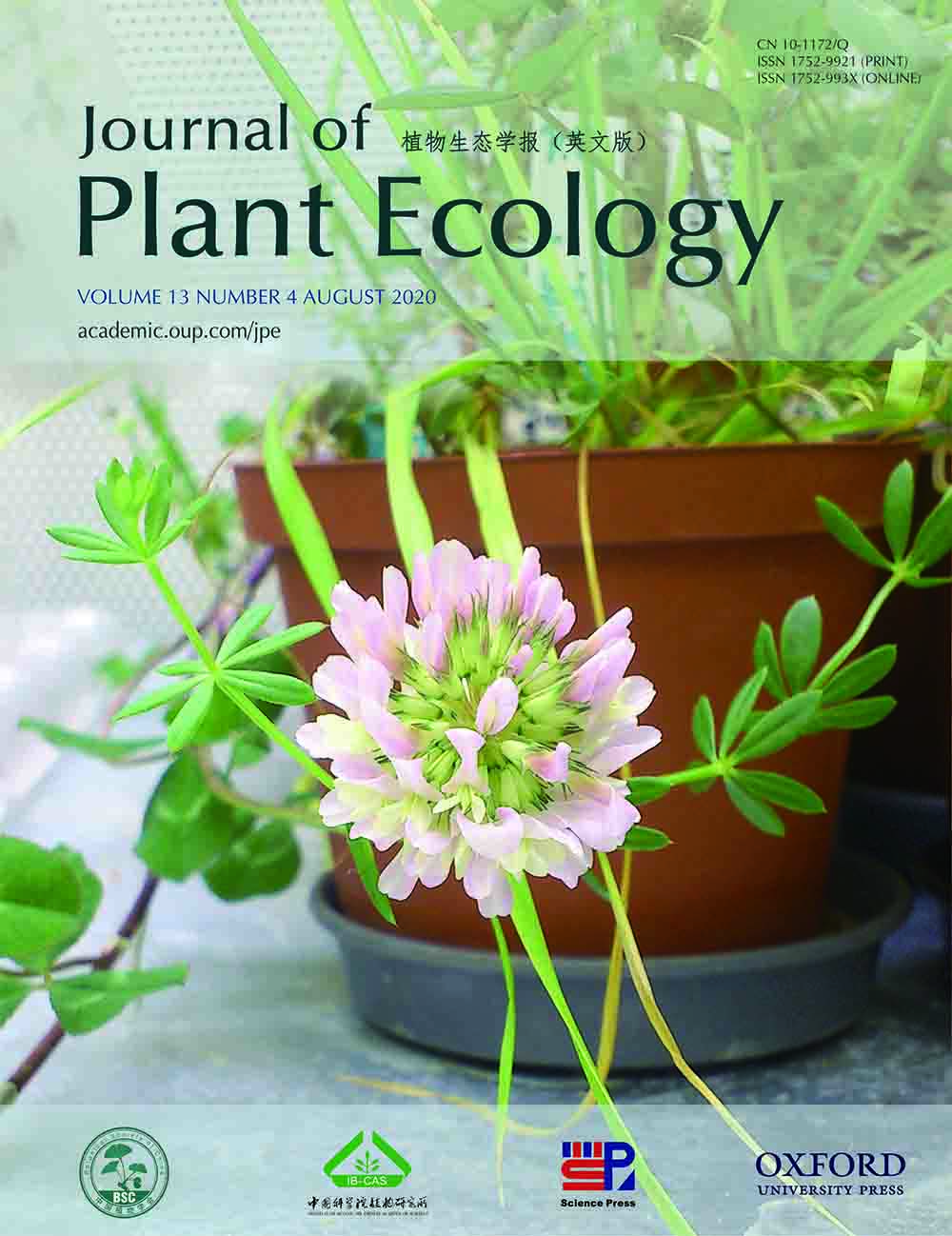Aims
Subalpine coniferous species are distributed over a wide range of elevations in which they must contend with stressful conditions, such as high elevations and extended periods of darkness. Two evergreen coniferous species, Abies veitchii and Abies mariesii, dominate at low and high elevations, respectively, in the subalpine zone, central Japan. The aim of this study is to examine the effects of leaf age, elevation and light conditions on photosynthetic rates through changes in morphological and physiological leaf traits in the two species.
Methods
We here examined effects of leaf age, elevation and light conditions on photosynthesis, and leaf traits in A. veitchii and A. mariesii. Saplings of the two conifers were sampled in the understory and canopy gaps at their lower (1600 m) and upper (2300 m) distribution limits.
Important Findings
The two species showed similar responses to leaf age and different responses to elevation and light conditions in photosynthesis and leaf traits. The maximum photosynthetic rate of A. veitchii is correlated negatively with leaf mass per area (LMA) and non-structural carbohydrate (NSC) concentration. LMA increased at high elevations in the two species, whereas NSC concentrations increased only in A. veitchii. Therefore, the maximum photosynthetic rate of A. veitchiidecreased at high elevations. Furthermore, maximum photosynthetic rates correlate positively with nitrogen concentration in both species. In the understory, leaf nitrogen concentrations decreased and increased in A. veitchii and A. mariesii, respectively. LMA decreased and the chlorophyll-to-nitrogen ratio increased in understory conditions only for A. mariesii, suggesting it has a higher light-capture efficiency in dark conditions than does A. veitchii. This study concluded that A. mariesiihas more shade-tolerant photosynthetic and leaf traits and its photosynthetic rate is less affected by elevation compared with A. veitchii, allowing A. mariesii to survive in the understory and to dominate at high elevations.
 Volume 13 Issue 4
Volume 13 Issue 4







